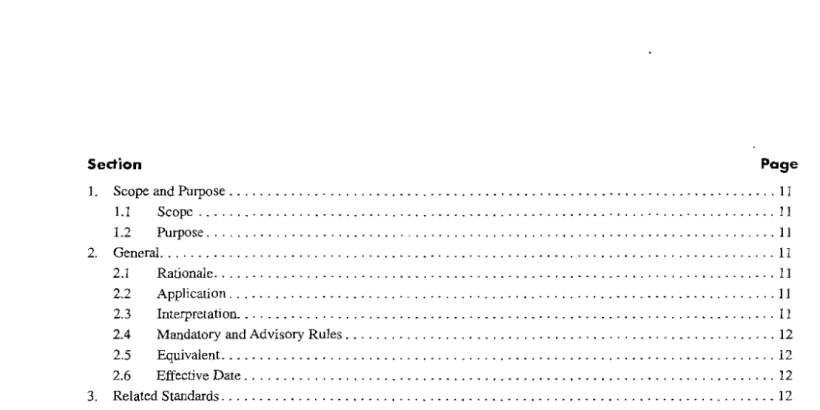ANSI A14.5-2000 pdf download.
ANSI A14.5-2000 pdf download.American National Standard for Ladders – Portable Reinforced Plastic – Safety Requirements
Rail. The side members joined at intcrvals by either rungs, steps, cleats, or rear braces. Rear Braces. Crosspieces or diagonais (in the back section of a self- supporing ladder) not intended for climbing, which may be spaced al any interval. Reinforced plastic. A plastic with strength properties greatly superior to those of the base resin as a result of high-strength fllers embedded in the composition. The reinforcing fillers are usually fibcrs, fabrics, or mats made of fibers. Reinforced plastic ladder. A device whosc side rails are constructed of rcinforced plastics. The crosspieces, called steps, rungs, or ceats, may be constructed of metal, rcinforced plastics, or other suitable materials. This term docs not denole the absence of all metallic elcments, because even in ladders wih side rails and crosspieces manufactured of reinforced plastics, the hardwarc and fastencrs may be metallic. Reinforcement. A strong inert material bonded into a plastic to improve its strength, stiflness, and impact resistance. Reinforcements are usually flbers of glass, asbestos, sisal, cotton, and the like, in woven or non- woven form. To be effective, thc reinforcement material must form a strong adhesive bond with the resin. Rungs, steps, or cleats. I adder crosspieces that are intended for use by a person in ascending or descending. Scaffold. A temporary elevated platform and its support- ing structure used for supporting worker(s) or materials or both.
6.1.6 Bucket (Pail) Shelves. Where bucket shelves are an integral part of the stepladder, they shall be so fastened that they can bc foldcd up within the ladder when the ladder is closed. On ladders eight feet or less in length, the shelf shalI be designed so that it must be folded before thc ladder can be closed. Or, during the closing of the ladder, the shelf shall fold and the bucket shelf arms shall not project beyond the front rail frame surfaccs facing the user.
6.1.7 Back Section. The back scction may be designed with any typc of rear braces as long as il meets the gcneral and testing requirements (sce Section 7).
6.1.8 Feet. The bottoms of the four rails shall be made of or covered with silip-resistant material. The dimensions of the slip-resistant surface shall not be less than the dimcnsions of the projected area out- lined by the cross section of the end of the rail.
6.1.9 Spreaders. A sprcader or locking device of sufficient size and strength to securely hold thc front and back sections in the open position shall be a component part of each stepladder. The spreader shall not be morc than 6- 1/2 feet above the lower support surfacc and shall have all sharp points or edges COV- ered or removed to protect the uscr. For ladders using double sets of spreaders, the foregoing height limnita- tion applies only t0 the lower sct.
6.1.10 Plastic Top Caps. Specification of the particular resin, filler and additives are the responsibility of the manufacturer, who shal! give consideration that certain requirements are achieved. All fled thermoplastics shall have the appropriate coupling agent and adequate ultraviolet inhibitors should be incorporated.
6.25 Overlap and Bearing Length. Each section of a multi-section ladder, when fully extended in the locked in use position, shal! overlap the adjacent scction as indicated in Table 2. Bearing iength is deternined by performance tests.
6.2.6 Overlap ControL, Extension ladders shall be equipped in such a manner that the ladder cannot be used with an overlap Iess than the minimum specificd in Table 2. Designs employing ladder lock Iocation, mechanical stops, or the equivalent are acccptablc, but not those depending upon pulley location.
6.2.7 Extension Locking Device. Thc extension-lock- ing device shall be designed to withstand all perform- ance tests. Locks may bc any design, such as gravity, spring- action, rope-operaled, oI stationary types.
